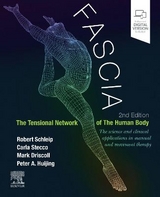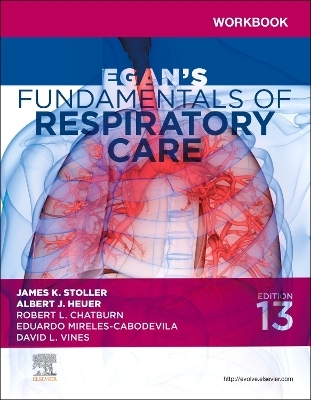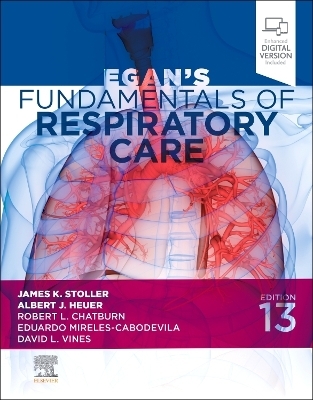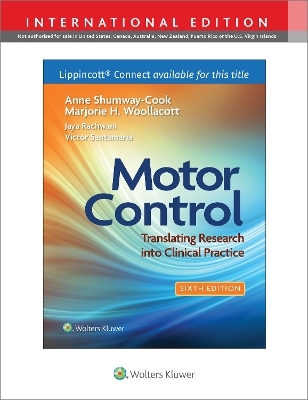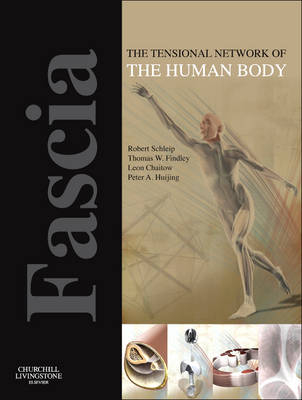
Fascia: The Tensional Network of the Human Body
Churchill Livingstone (Verlag)
978-0-7020-3425-1 (ISBN)
- Titel erscheint in neuer Auflage
- Artikel merken
This book is the product of an important collaboration between clinicians of the manual therapies and scientists in several disciplines that grew out of the three recent International Fascia Research Congresses (Boston, Amsterdam, and Vancouver). The book editors, Thomas Findley MD PhD, Robert Schleip PhD, Peter Huijing PhD and Leon Chaitow DO, were major organizers of these congresses and used their extensive experience to select chapters and contributors for this book.
This volume therefore brings together contributors from diverse backgrounds who share the desire to bridge the gap between theory and practice in our current knowledge of the fascia and goes beyond the 2007, 2009 and 2012 congresses to define the state-of-the-art, from both the clinical and scientific perspective.
Prepared by over 100 specialists and researchers from throughout the world, Fascia: The Tensional Network of the Human Body will be ideal for all professionals who have an interest in fascia and human movement - physiotherapists, osteopathic physicians, osteopaths, chiropractors, structural integration practitioners, manual therapists, massage therapists, acupuncturists, yoga or Pilates instructors, exercise scientists and personal trainers - as well as physicians involved with musculoskeletal medicine, pain management and rehabilitation, and basic scientists working in the field.
Reflects the efforts of almost 100 scientists and clinicians from throughout the world
Offers comprehensive coverage ranging from anatomy and physiology, clinical conditions and associated therapies, to recently developed research techniques
Explores the role of fascia as a bodywide communication system
Presents the latest information available on myofascial force transmission which helps establish a scientific basis for given clinical experiences
Explores the importance of fascia as a sensory organ - for example, its important proprioceptive and nociceptive functions which have implications for the generation of low back pain
Describes new imaging methods which confirm the connectivity of organs and tissues
Designed to organize relevant information for professionals involved in the therapeutic manipulation of the body's connective tissue matrix (fascia) as well as for scientists involved in basic science research
Reflects the increasing need for information about the properties of fascia, particularly for osteopaths, massage therapists, physiotherapists and other complementary health care professionals
Offers new insights on the fascial related foundations of Traditional Chinese Medicine Meridians and the fascial effects of acupuncture
Dr. Robert Schleip is Director of the Fascia Research Group at Ulm University, Germany. In addition he serves as Research Director for the European Rolfing Association and maintains a part-time private practice as certified Rolfing practitioner as well as Feldenkrais teacher. He holds an M.A. degree in psychology from Heidelberg University, as well as a Ph.D. in Human Biology from Ulm University. Together with colleagues, his input and inspiration was instrumental in getting the first international Fascia Research Congress in 2007 started, as well as the subsequent congresses. His own research work on active fascial contractility was honored with the Vladimir Janda Award for Musculoskeletal Medicine. Dr. Findley has extensive training in complementary medicine, beginning with training in acupuncture while a medical student at Georgetown in 1975. He maintains an active clinical practice as a Certified Advanced Practitioner of Rolfing Structural Integration in addition to his research activities as Associate Director of the Center for Healthcare Knowledge Management, New Jersey VA Healthcare System. He is also Director of Research for the Rolf Institute of Structural Integration.
SECTION I SCIENTIFIC FOUNDATIONS
Part 1 Anatomy of the fascial body
Part 2 Fascia as an organ of communication
Part 3 Fascial force transmission
Part 4 Physiology of fascial tissues
SECTION II CLINICAL APPLICATION
Part 5 Fascia-related disorders
Part 6 Diagnostic procedures for fascial elasticity
Part 7 Fascia-oriented therapies
SECTION III RESEARCH DIRECTIONS
Part 8 Fascia research: methodological challenges and new directions
| Erscheint lt. Verlag | 10.4.2012 |
|---|---|
| Zusatzinfo | Approx. 328 illustrations (45 in full color); Illustrations |
| Verlagsort | London |
| Sprache | englisch |
| Maße | 189 x 246 mm |
| Themenwelt | Medizin / Pharmazie ► Physiotherapie / Ergotherapie |
| ISBN-10 | 0-7020-3425-8 / 0702034258 |
| ISBN-13 | 978-0-7020-3425-1 / 9780702034251 |
| Zustand | Neuware |
| Informationen gemäß Produktsicherheitsverordnung (GPSR) | |
| Haben Sie eine Frage zum Produkt? |
aus dem Bereich
